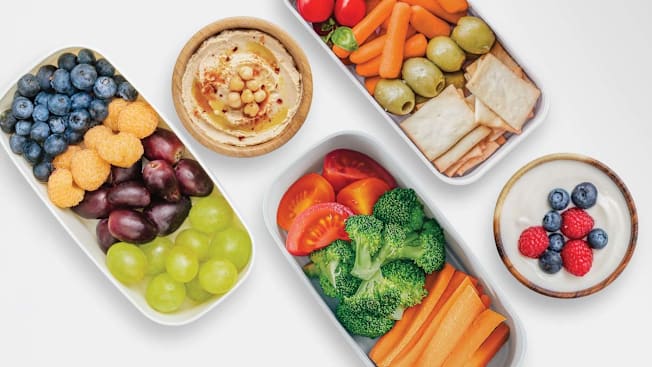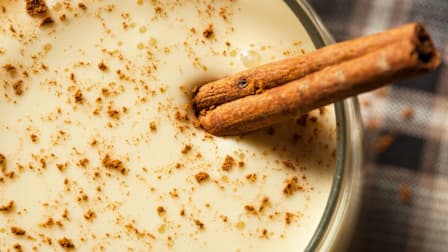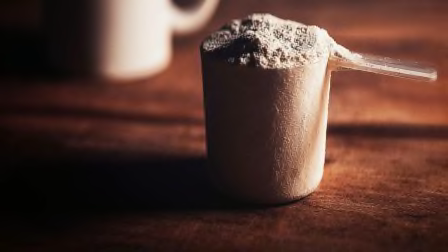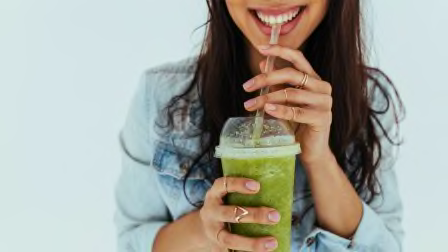The Anti-Aging Benefits of Snacking
Boost energy, stay stronger, and even help prevent illness with these tips

Baby boomers tend to view snacking as a treat and are less likely to see it as a source of energy than younger generations, according to a recent survey from the International Food Information Council. If you’re grabbing a pastry or a bag of chips, that may be the case. But snacks can be part of a healthy diet if you plan well, says Gretchen Dueñas-Tanbonliong, RDN, associate director of health and wellness at the National Council on Aging.
A Dietary Dilemma
Snacking can help counter a quandary of aging: It’s important to eat enough protein, vitamins, and minerals, but your appetite may decrease.
“Levels of hormones that regulate appetite change as we get older,” Dueñas-Tanbonliong says. For example, cholecystokinin, which sends signals of fullness to the brain, increases, while ghrelin, which triggers hunger, drops.
Some people experience declines in smell or taste. Certain medications—such as some used to treat high blood pressure or cholesterol—can affect taste and smell as well. Digestion also slows down as we age. This can lead to symptoms like acid reflux, bloating, and constipation.
All of these changes may make eating less enjoyable and lead to difficulty in consuming enough nutrient-dense food if you stick to just three squares a day. “Adding healthy snacks can make up for shortfalls in meals,” Dueñas-Tanbonliong says.
6 Smart Snacking Strategies
The key, though, is to practice strategic snacking, not mindless munching. Most of the calories you take in should work hard for your body, says Sandra Arévalo, RDN, director of community health and wellness at Montefiore Nyack Hospital in New York. “Think of a snack as a nutritional supplement to meals,” she says. Use these tips to help you fill nutrition gaps and stay energized.
Add healthy foods you might not get at mealtime. “Fruit with meals is not the norm, for instance,” Arévalo says. So consider a snack as an opportunity to work the vitamins, minerals, and fiber from fruit into your diet. Not getting much dairy in your meals? “Having a yogurt or string cheese will add some calcium.”
Aim for protein and fiber. Both nutrients help give snacks staying power, keeping your blood sugar stable and making you feel satisfied for longer. Fiber also helps with digestion. Men and women older than 50 should aim for 30 grams and 21 grams per day, respectively. A snack with 3 grams or more makes a good contribution.
Muscle mass naturally declines with age. “The only ways to slow its progression are eating adequate protein and strength training,” Dueñas-Tanbonliong says. Experts recommend 25 to 30 grams per meal; aim for at least 5 grams per snack.
For a good protein-fiber pairing, try whole-grain toast with ricotta cheese and pear slices, black bean dip with bell peppers, or Greek yogurt with mango and shredded unsweetened coconut.
Editor’s Note: This article also appeared in the October 2025 issue of Consumer Reports On Health.




















